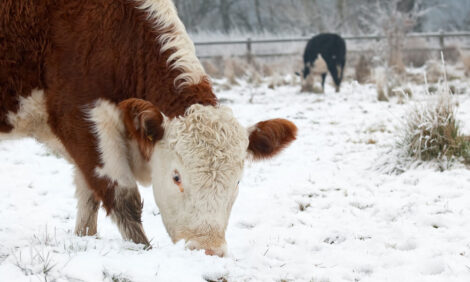



How reliable are the tests for Q fever?
The Animal Q Fever Unit of ANSES’s Sophia-Antipolis Laboratory has just published a study comparing the performance of the three commercially available tests for detecting Q fever in animals.This work will help improve the interpretation of test results to better screen for the disease.
Q fever is a disease caused by the Coxiella burnetii bacterium, which affects many animal species, including cattle, sheep and goats, and can be transmitted to humans. The infection of animals has a significant economic impact, as it can lead to abortion. In humans, it is estimated that the disease is symptomatic in about 40% of infected persons. It causes a severe flu-like syndrome, with possible liver- or lung-related complications, which may require hospital care.
About 2% of infected persons may exhibit chronic forms of the disease, which can cause hepatitis, lung disease and endocarditis. It is therefore important to monitor infection in ruminant farms to control its spread and avoid transmission to the human population. A recent study published in the journal Veterinary Research compared the performance of the three commercially available serological tests for diagnosing infection in ruminants. The study was conducted as part of a thesis involving the collaboration of VetAgro Sup, INRAE and ANSES’s Sophia-Antipolis Laboratory, which is the National Reference Laboratory for Q fever and other partners.
Performance varied among the tests and for different species
ELISA tests detect the presence of antibodies directed against the bacterium in the serum of tested cattle, sheep and goats. The comparison showed that all three tests had high specificity, meaning that they correctly identified healthy animals. However, their sensitivity, which is the ability to reliably detect animals carrying antibodies against the bacterium, was lower and varied among the tests and for different species (between 39.3% and 93.8%).
The scientists also identified the optimal number of animals to test for infection at the herd level. This varied from three to more than twenty depending on the test and the ruminant species. Following this study, an application will be developed to help testing laboratories interpret the reliability of results and therefore the probability that the positive or negative results obtained for the animals are accurate.
TheCattleSite News Desk


